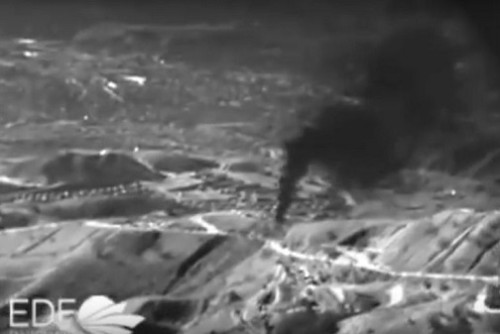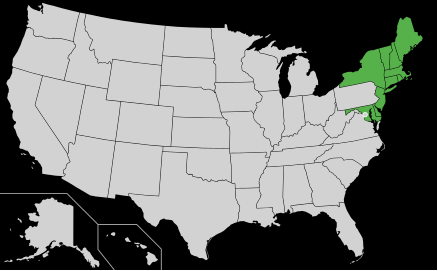A huge methane leak near Los Angeles is spewing tens of thousands of pounds of greenhouse gases into the atmosphere every hour
By Todd Woody, TakePart, December 29, 2015
See all the work DCS has done on methane baselines.

Click to see video
More than two months after a Southern California natural gas leak began spewing as much as 128,000 pounds of planet-warming methane into the atmosphere every hour, the source of the rupture has been located, officials said Monday.
But California regulators and Southern California Gas Company executives say it could take several more months to plug the leak, prompting some environmentalists to compare the blowout to the 2010 Deepwater Horizon oil spill in the Gulf of Mexico.
The rupture, which began Oct. 23 at the company’s huge underground natural gas storage facility 20 miles northeast of Los Angeles, has forced the evacuation of some 1,700 homes in nearby Porter Ranch. As of Dec. 22, the leak had emitted an estimated 1.6 million metric tons of greenhouse gases into the atmosphere, according to a report from the California Air Resources Board. That’s equivalent to the daily emissions of 7 million cars or all the state’s oil refineries, said scientists at the Environmental Defense Fund. Methane is 80 times as potent a greenhouse gas as carbon dioxide.
Unlike the petroleum that fouled the beaches and waters of the Gulf Coast after the Deepwater Horizon spill, natural gas is invisible. But a video released by the Environmental Defense Fund for the first time graphically shows the extent of the methane pollution. A team from the environmental group Earthworks flew over the leak site on Dec. 17 in a small plane and used a specialized infrared camera to capture images of the methane plume erupting from a hill overlooking the San Fernando Valley like a gusher of black oil.
“What you can’t see is easy to ignore,” Alan Septoff, a spokesperson for Earthworks, said in a statement. “That’s why communities that suffer from pollution from oil and gas development are often dismissed by industry and regulators. Making invisible pollution visible shows the world what people in Porter Ranch have been living with every day for months.”
The leak is a setback for California’s aggressive efforts to reduce its greenhouse gas emissions and serve as a world leader in fighting climate change. But Tim O’Connor, director of the Environmental Defense Fund’s California oil and gas program, said Aliso Canyon underscores a bigger problem.
“Events of this size are rare, but major leakage across the oil and gas supply chain is not,” he said in a statement. “There are plenty of mini–Aliso Canyons that add up to a big climate problem—not just in California but across the country. Regardless of what the future holds for the Aliso Canyon storage field, this is one reason why strong rules are needed to require that oil and gas companies closely monitor for and manage methane leaks.”




